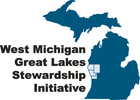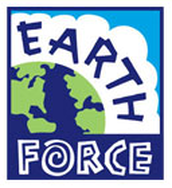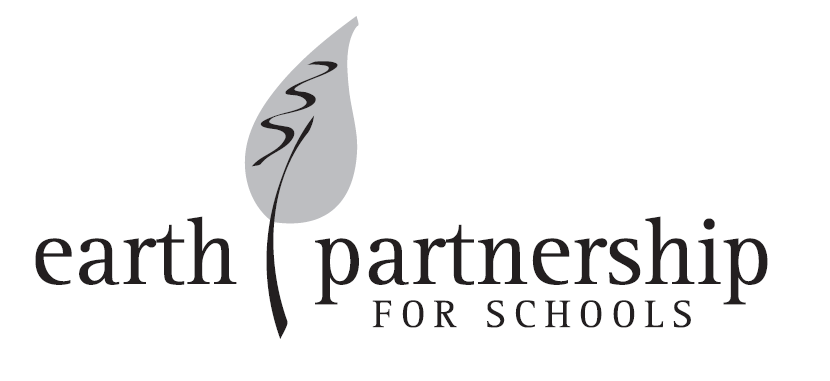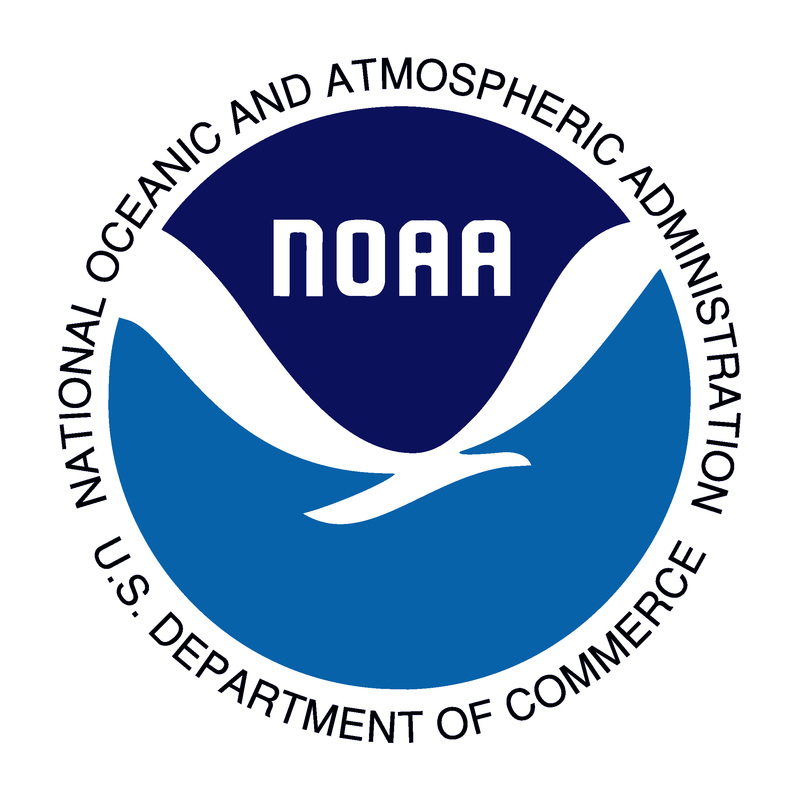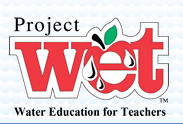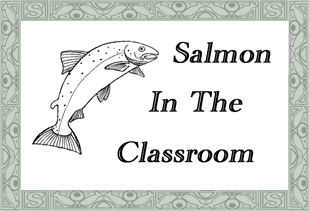Environmental Curricula and Programs
Aquatic WildWater in all its forms is one of the most dramatic of today's arenas in which informed, responsible, and constructive actions are needed. Aquatic WILD uses the simple, successful format of Project WILD activities and professional training workshops but with an emphasis on aquatic wildlife and aquatic ecology.
Earth ForceEarth Force is a leader in networking community partners, training local groups, and providing curriculum resources to run service-learning and civic action programs in their community with the mission of creating active citizens who improve the environment and their communities now and in the future.
|
Earth Partnership for Schools (EPS)EPS engages students, teachers and community partners in restoring native habitats on schoolyards and nearby natural areas. The habitats they create together become learning grounds for science, math, language arts, social studies, student-led inquiry, service-learning and unstructured nature play.
|
Michigan Environmental Education Curriculum Support MaterialsMEECS contains seven (7) Michigan-specific units that provide an opportunity for students in grades 3-9 to learn about Michigan's economy and environment through inquiry oriented, data-based lessons in Science and Social Studies.
|
NOAA AssetsNOAA has a huge number of assets in ocean, coastal, Great Lakes, weather and climate sciences that include protected natural areas such as marine sanctuaries and estuarine research reserves, a large fleet of ocean-going ships, buoys, weather stations, and other monitoring devices, scientists, and a rich array of web sites in which data, data products and information about the research and monitoring can be found.
|
Project WetThe mission of Project WET is to reach children, parents, educators and communities of the world with water education, includes water lesson plans, water games and water activities on watershed protection, water quality, water conservation, water pollution, water cycle, etc.
|
Project WildProject WILD is one of the most widely-used conservation and environmental education programs among educators of students in kindergarten through high school. The program emphasizes wildlife because of their intrinsic, ecological value as well as their role in teaching how ecosystems function. It is based on the premise that young people and educators have a vital interest in learning about our natural world.
|
Salmon in the ClassroomThis instrumental learning experience allows students the opportunity to raise, care for and maintain the salmon in their classroom from fall until spring. The program culminates at the end of the school year with the release of the young fish in a local watershed that feeds one of the Great Lakes. Students and teachers participate in a program to follow the life cycle of salmon from eggs, to hatchling to smolt, starting in the classroom
|
Learn About ConservationWhat Is Conservation, and Why Is it Important? Conservation is both a belief that nature must be protected and a movement of like-minded folks who want to help. There are many ways to conserve our natural environment. Some conservation programs focus on improving water quality, since all life depends on water. Some work to reduce over-fishing, which can cause the extinction of whole species. Still other ideas are based on protecting biodiversity, which means the variety of different types of life on Earth. All of these conservation ideas have a common purpose: to protect nature for generations to come.
|
